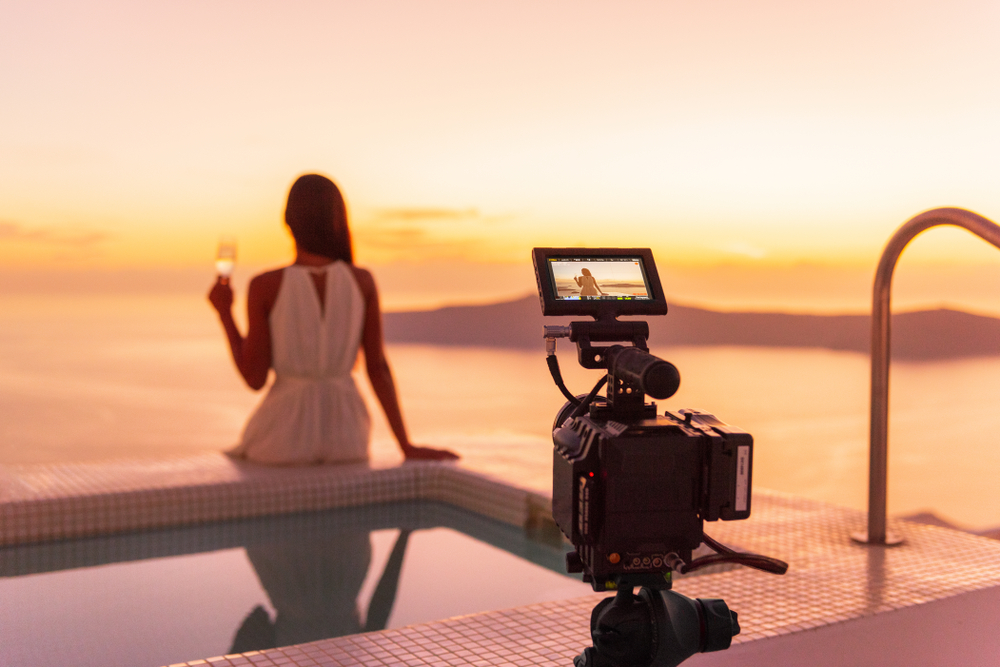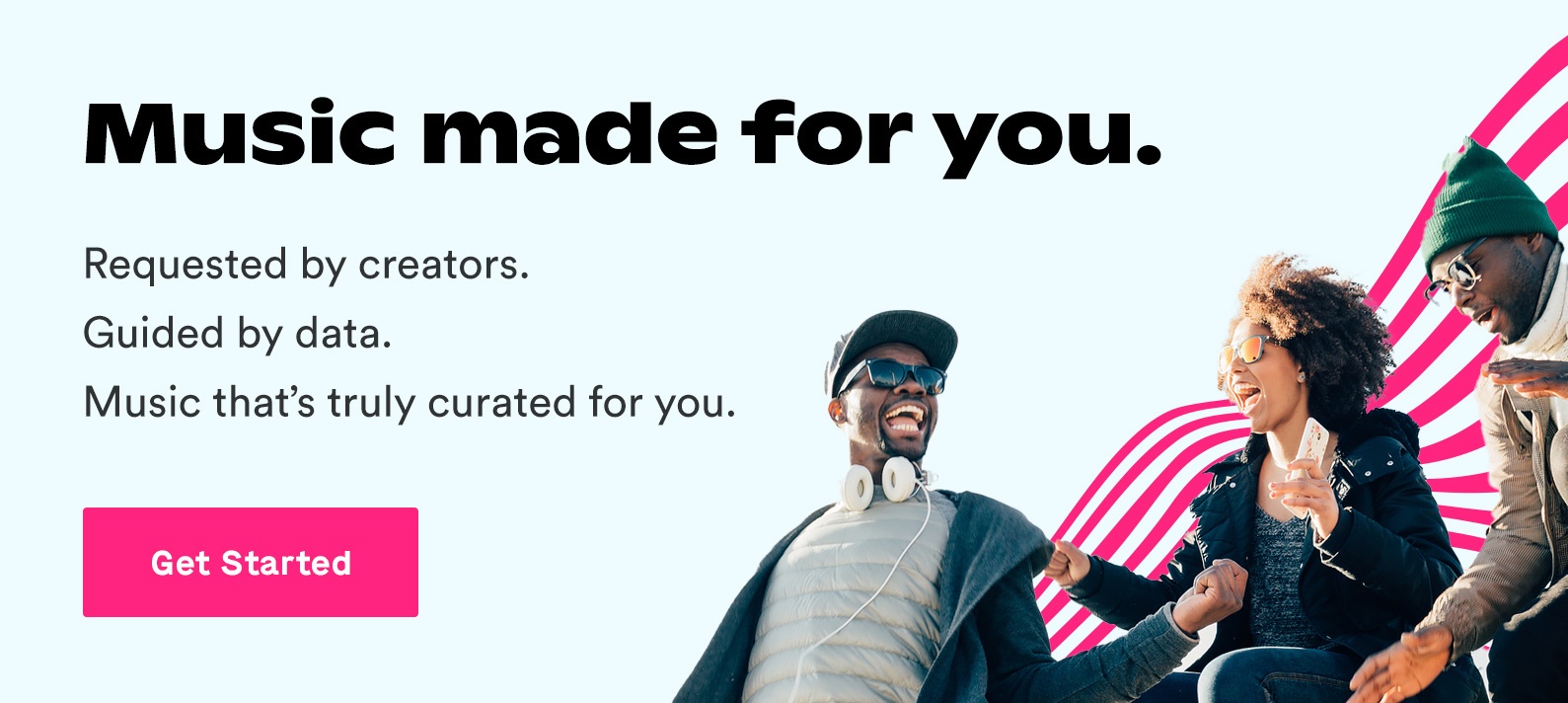We've talked a lot about how important including royalty free music is in videos, but we also want you to know how crucial a content calendar is. Use this blog to keep organized and learn the role a calendar has in music selection.
Let's say you've been dabbling in the world of videography for a bit and you've been gaining more exposure.
Maybe you're a professional focusing on video marketing that includes royalty free music to help your business.
Or maybe you're a hobbyist that simply enjoys posting awesome content on YouTube.
Whatever the case, your videos are being really well received by your audience and you're finding that you're not only ramping up the quality of your video content, but you're also in a position where you want to up quantity as well.
Having the demand for more videos is wonderful, but it can easily turn into an overwhelming situation if you're not organized.
Let's take a look into what exactly a content calendar is, the reasons why every videographer needs one, and how you can get started creating the one that works for you.
What Exactly Is A Content Calendar?
This can be most simply described as a calendar that outlines when content will be published. While this sums up the basic idea of a content calendar, it's really only the tip of the iceberg in terms of the purpose of implementing it.
It can be very powerful tool if you utilize it to its full potential. Successful content calendars give videographers an overall look at when videos need to be created, when editing should be done, what royalty free music to find, and then the project's deadline. It's basically a map and a schedule for your entire video production process.
The majority of these work off of standard monthly calendars and include important events, dates, and other milestones that affect when you'll post videos.
If you're working with other people, then this should also be shareable to allow your teammates to see what is due and when.
For example, if you have someone in charge of finding royalty free music, they'll be able to see ahead of time when they'll need to find the right tracks rather than rushing at the last minute when the video already due for publishing.
Why Every Videographer Or YouTuber Needs a Content Calendar

We firmly believe that every videographer and YouTuber producing a significant number of videos on a weekly or monthly basis needs to have a content calendar.
You might be able to get away with a loosey-goosey approach to content creation when you first started out, but this approach to videography isn't going to lead to long-term success.
With that said, here are a few benefits you'll get from implementing a content calendar.
- You'll feel less stressed and more productive. Content calendars keep you organized and on track without you having to micromanage everything. You'll be able to easily see what projects you need to finish and which are coming up. By having a map of what your month will be like, you can focus on individual tasks which will boost productivity. Plus no more worrying about whether you're forgetting something or not!
- Your team will work more efficiently and independently, whether you're working in DaVinci Resolve or Premiere Pro. And that will save you and your team time. These are a must for videographers working with a team of any kind. They should be shareable to ensure everyone is on the same page.
- You won't miss important dates and holidays. Videographers that often post special videos on holidays will find content calendars to be especially helpful. Having a "big picture" look at special upcoming dates can help with planning these videos, grabbing assets, and marketing.
- You'll post more consistently. The first thing new videographers learn is that consistency is everything. Consistent posting of videos is vital for businesses, YouTube channels, and any other platform where you might post content. This ensures you'll post regularly at a pace that doesn't overload you and your team.
- You can plan ahead for collaborations and produce higher-quality, original content. With a "big picture" look at what videos you'll be producing, it’s easy to ensure you're only posting your highest quality videos on original subjects. Viewers and potential collaborations enjoy fresh content, and a calendar ensures you won't mistakenly post something similar to a past video.
There's really nothing to lose and everything to gain when it comes to using a content calendar for your videography. Considering they can be very simple and still highly effective gives even more reason for creating one for yourself or your business.
Creating An Efficient Content Calendar That Works For You
First things first: A content calendar does not need to be complicated. In fact, the more complicated it is, the more likely you are to just ignore it. A successful implementation is one that's uncomplicated and easy to understand.
It's easiest to start off using a digital calendar you might already be comfortable with, such as Google Calendars.
This is a great route for anyone new to content calendars since it's a platform you're likely already familiar with, plus you'll already have access to Google Docs, Sheets, and other features that could help in the future.
Once you've chosen your system, the next step is to sit down and start brainstorming. If you work with a team, be sure to include them as well. Figure out how often you'd like to post and make notes on your calendar for the days when publishing should take place.
Trying to fill out the entire calendar can take a lot of time so try and focus on just the first few months in the beginning. Fill in the calendar with all important dates for each video, including any days for researching, filming, editing, picking royalty free music, and publishing.
Filling in your content calendar will take some time and dedication, but once it's set up you'll find that maintaining it and updating it is simple.
Streamline Your Schedule Further With Royalty Free Music
Picking royalty free music can feel a bit overwhelming sometimes, especially if you've waited on selecting your tracks until after you finish filming. Your video might be edited and perfected, but you're stressed because you can't find the right track to go with it.
Thankfully, this situation can be completely avoided.
Remember, don’t just include dates for when you'll publish your videos. Include dates and tasks for every part of video creation.
Picking out your royalty free music shouldn't be placed on the backburner, but rather be selected during the very initial stages of shooting or before shooting even takes place.
When you're using Soundstripe, you'll have access to a huge library of royalty free music, video, and SFX categorized by genre and search filters. This makes it easy to pick out the perfect tracks to accompany your videos and — with the help of a content calendar — do it ahead of time.
If you find that you spend a lot of time picking out your royalty free music, we recommend you dedicate a day every month to sitting down, reviewing your content calendar, and pulling promising tracks for the videos ahead of time.
Start out with two or three tracks and make the final decision once the actual video is in the works. This cuts down on time spent looking for royalty free music and makes video creation much more efficient.
Further reading
Interested in reading more top resources and getting our best filmmaking tips and tricks? Here are a couple of our most popular articles from across the Soundstripe blog:


